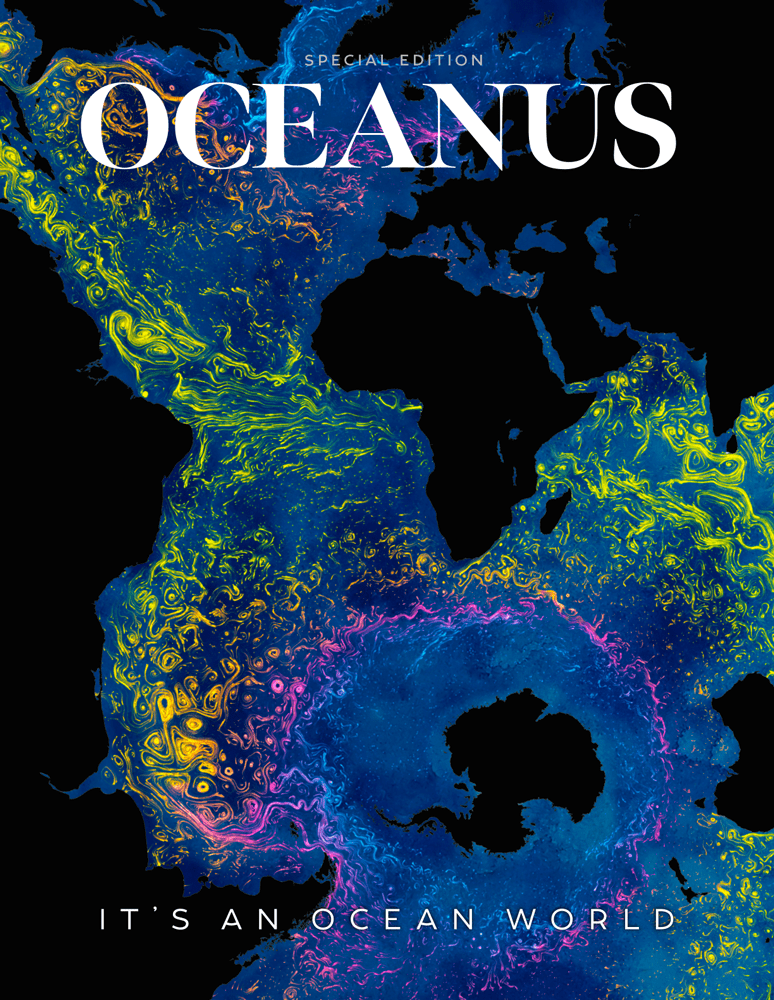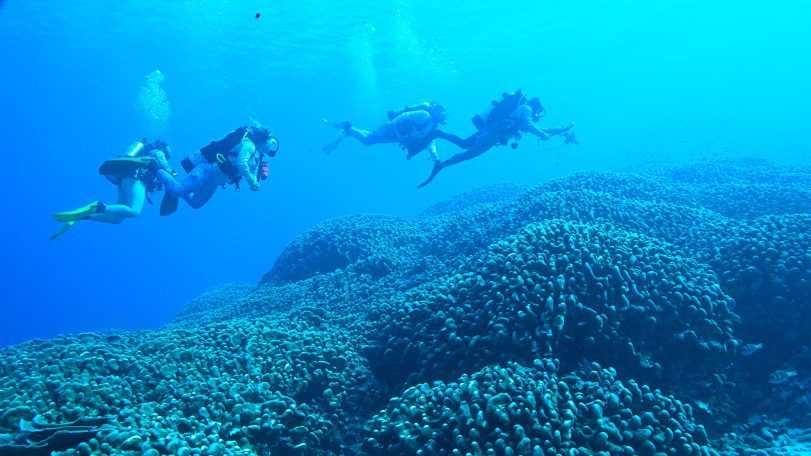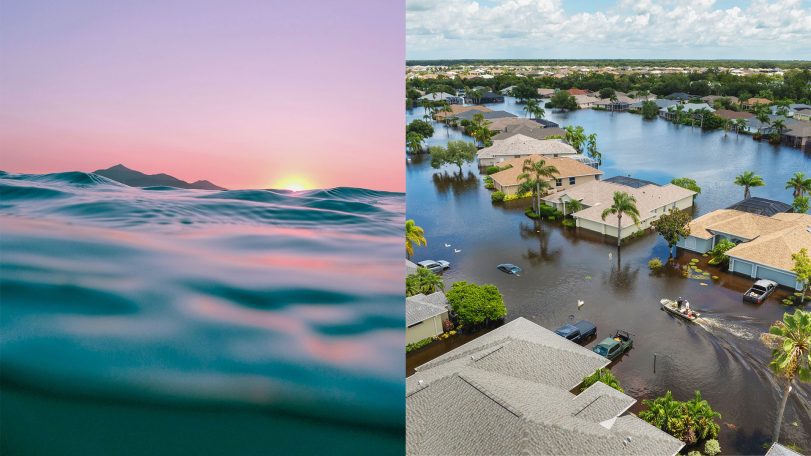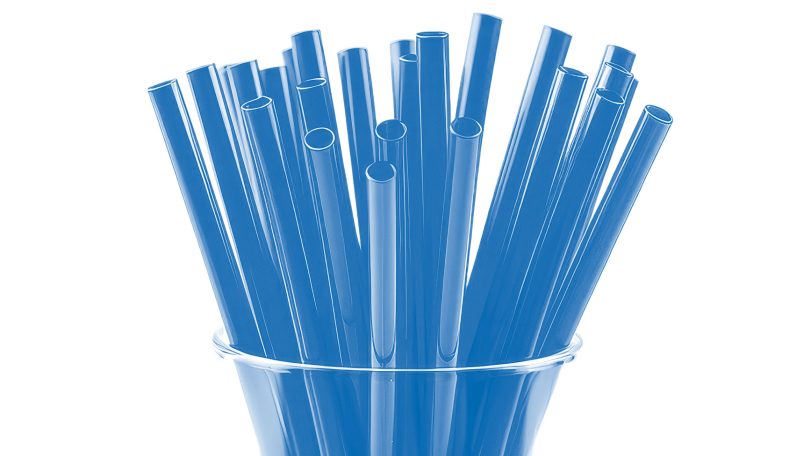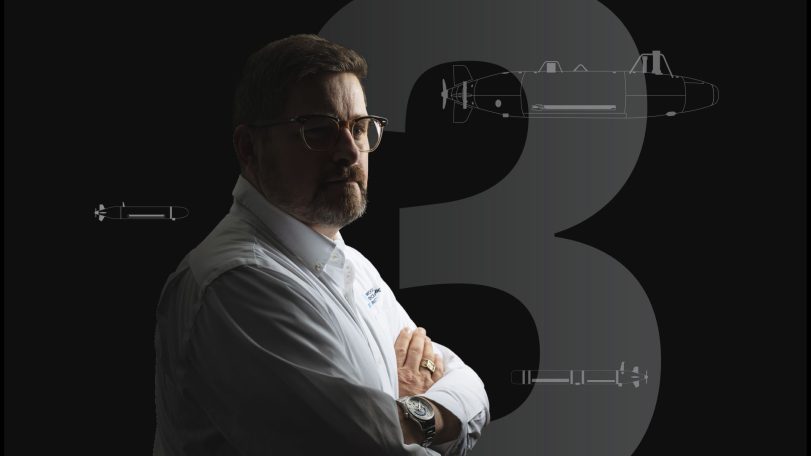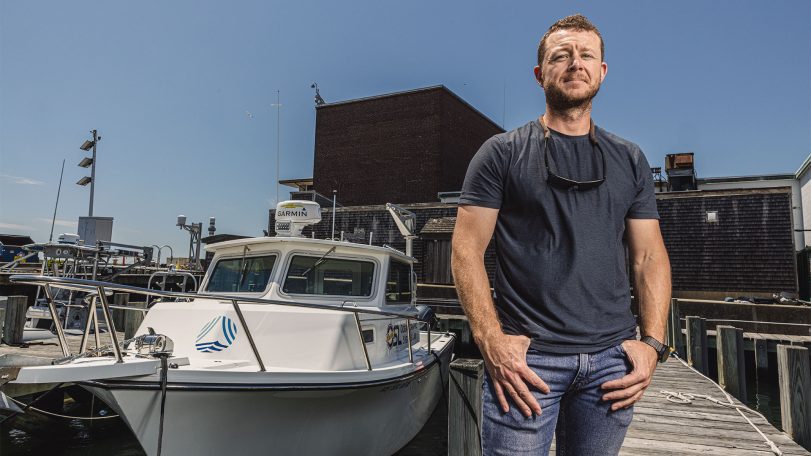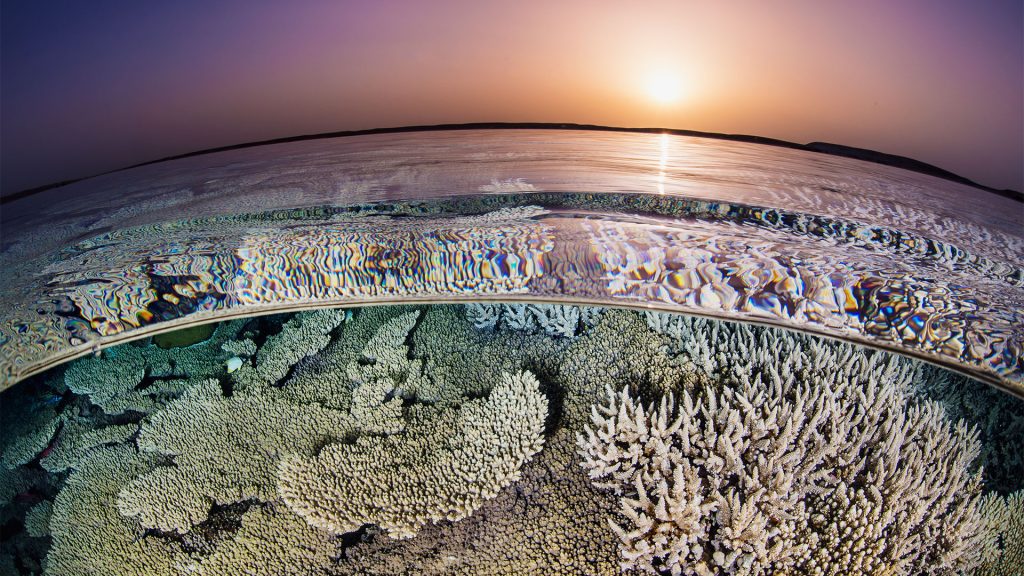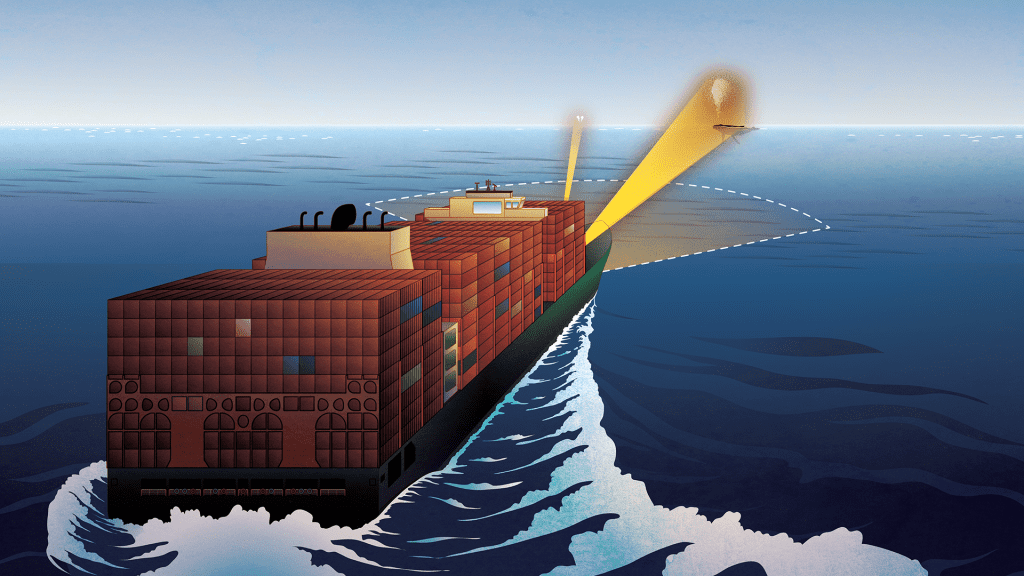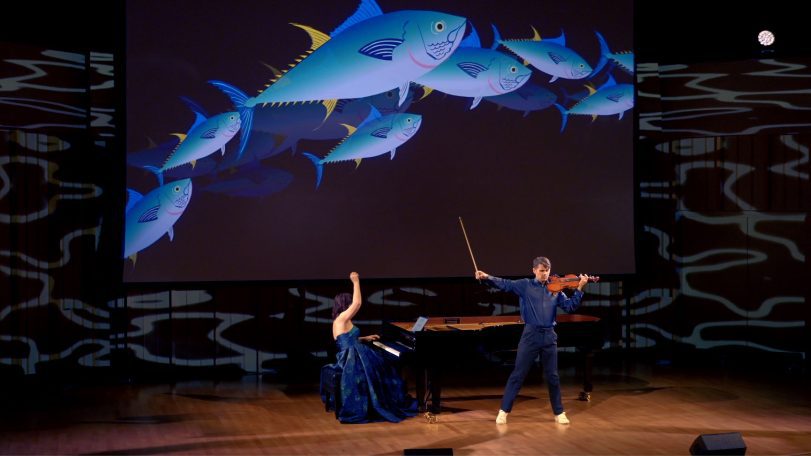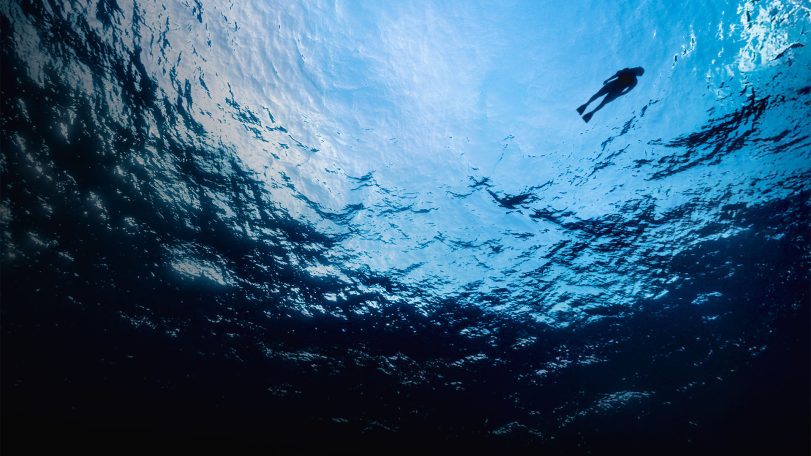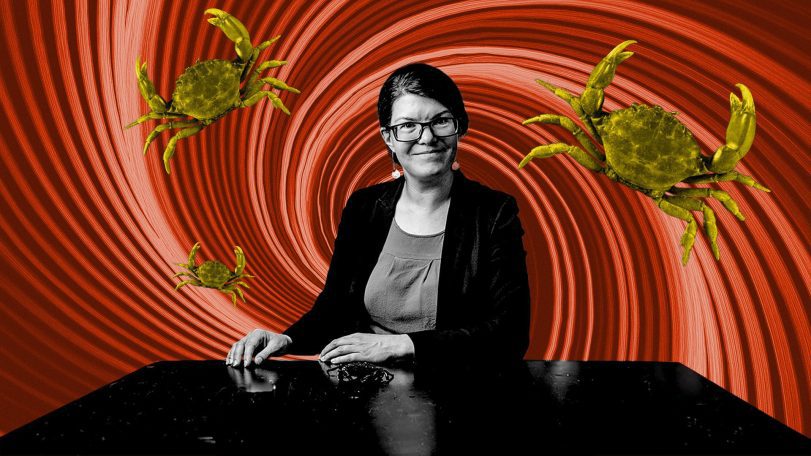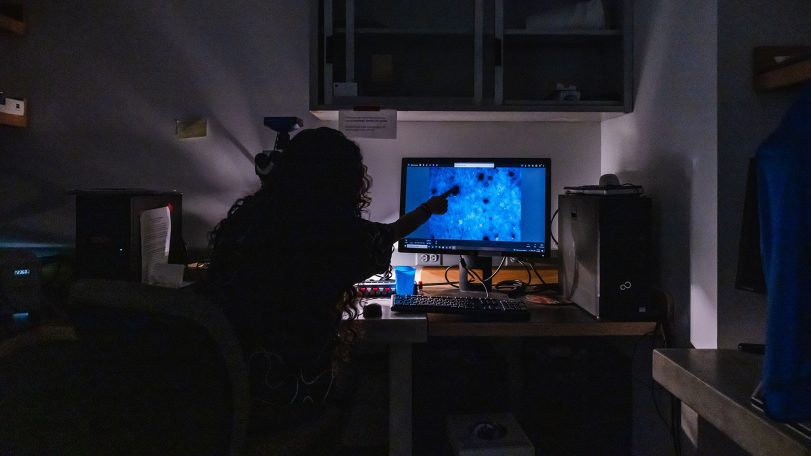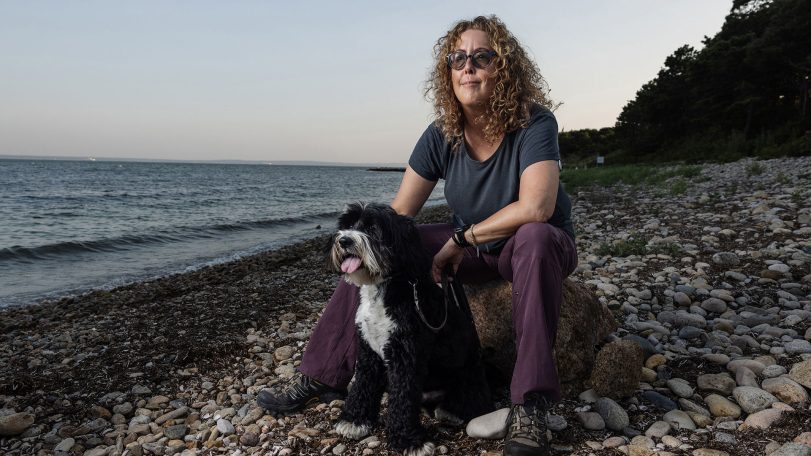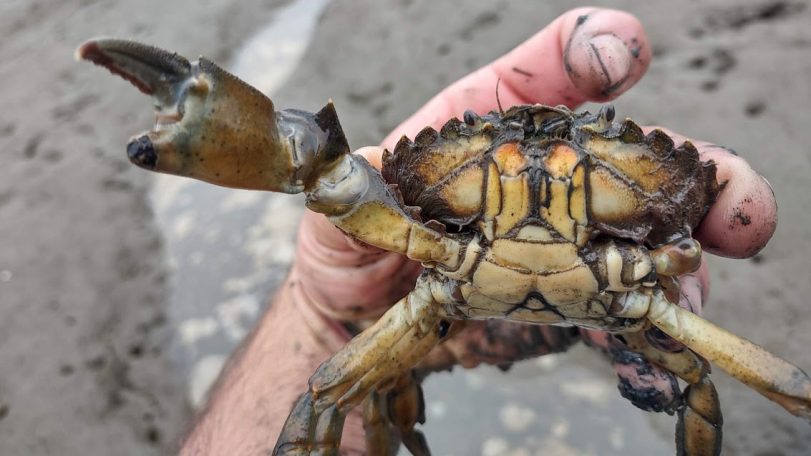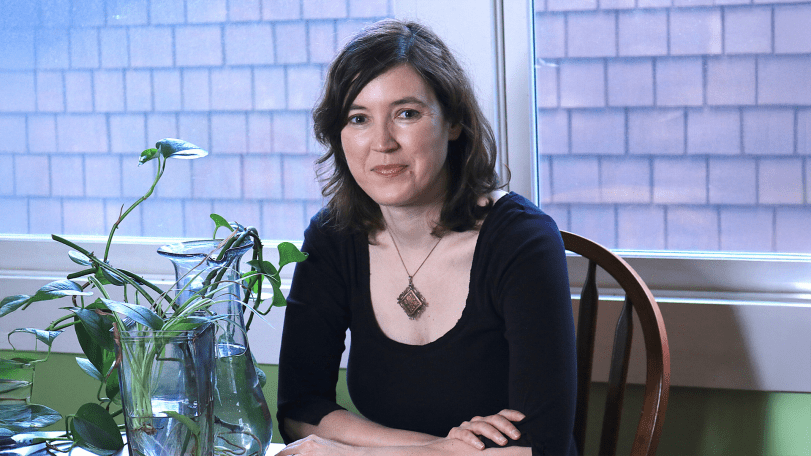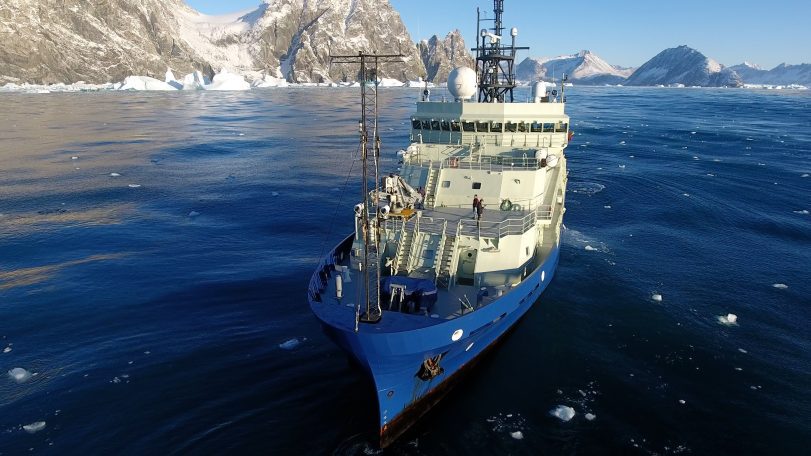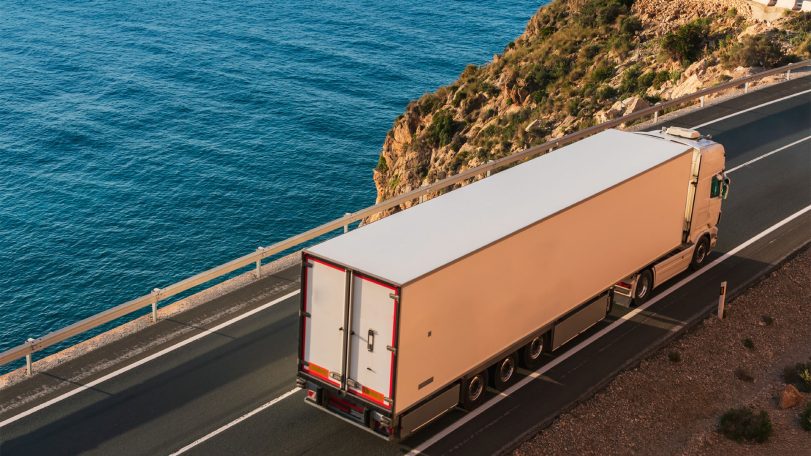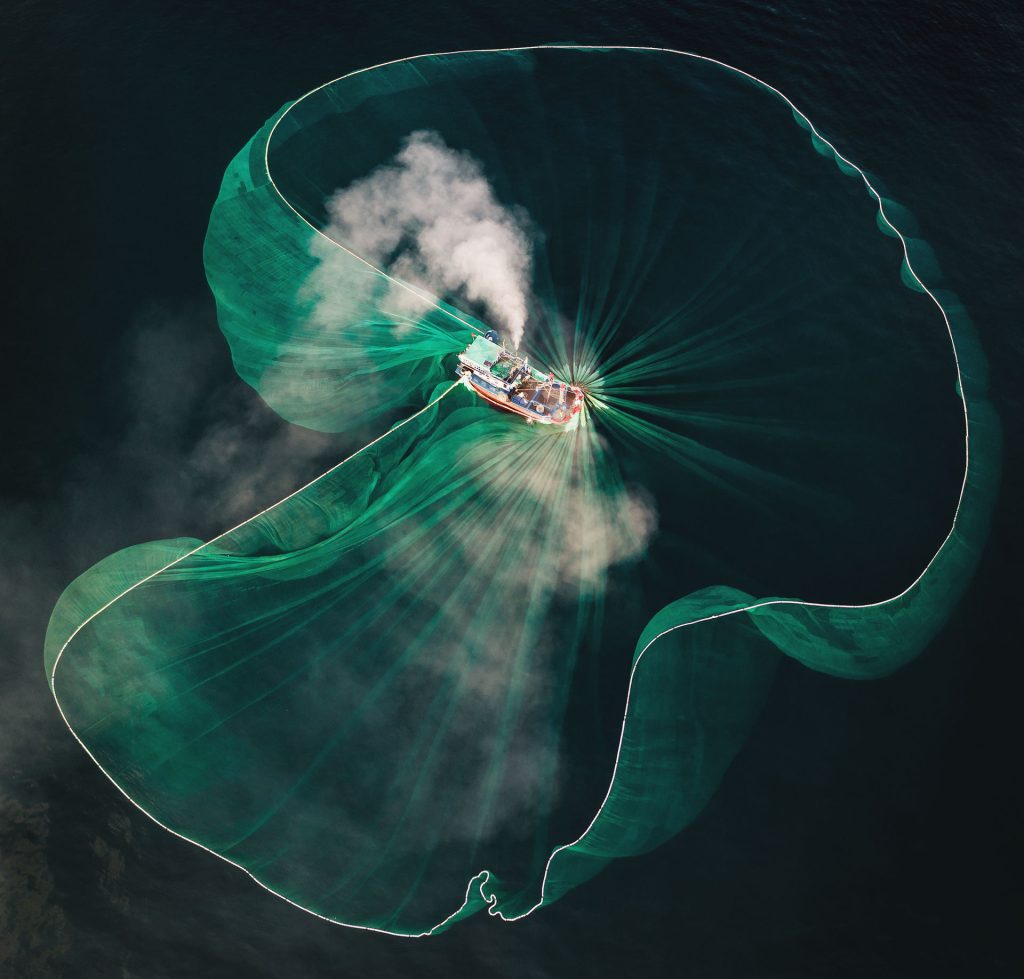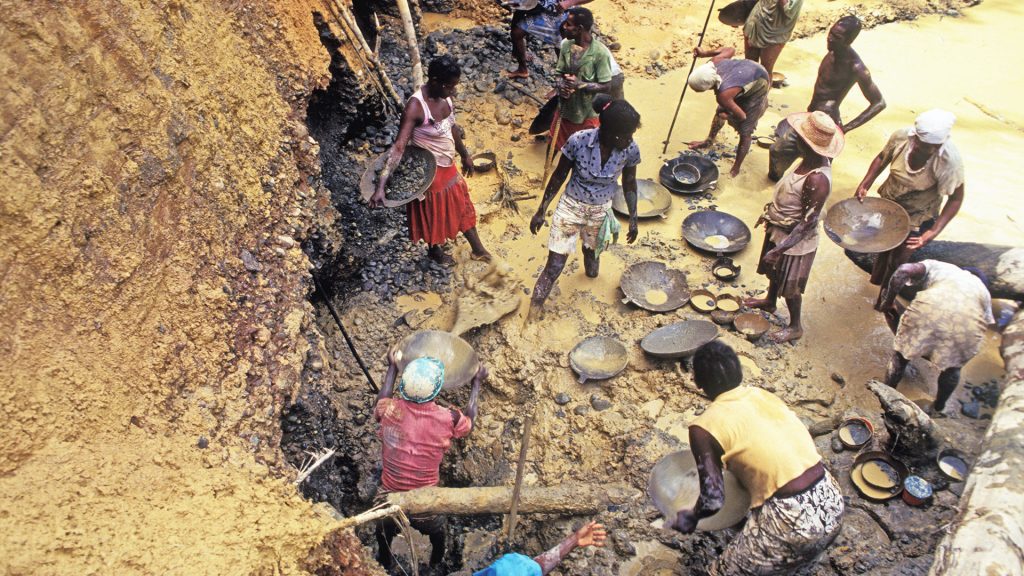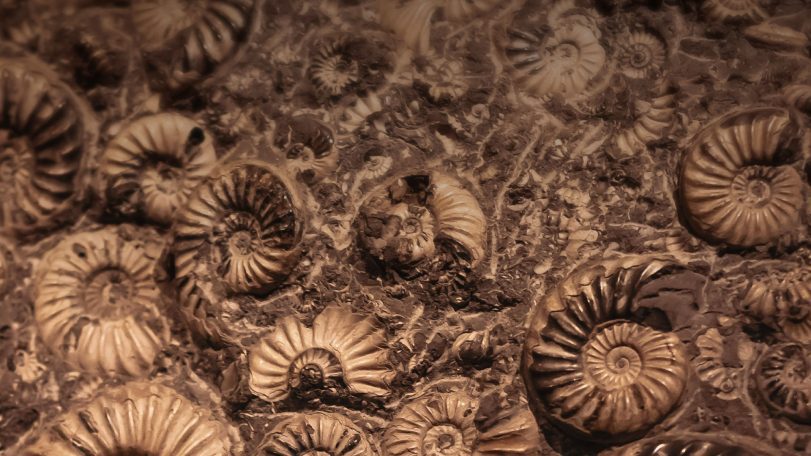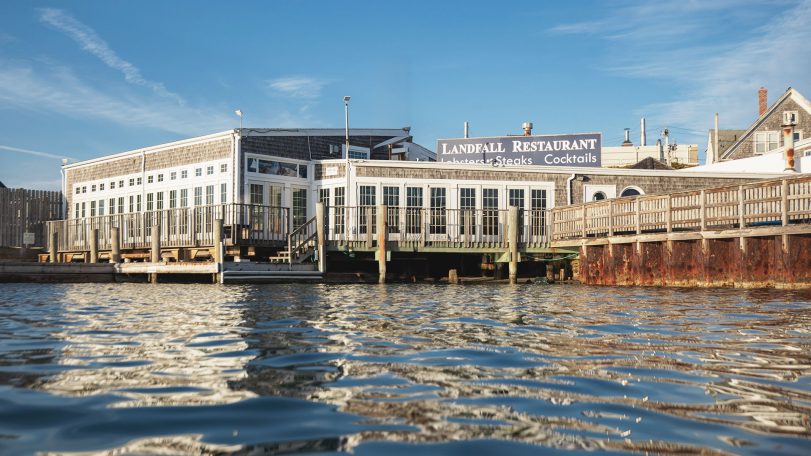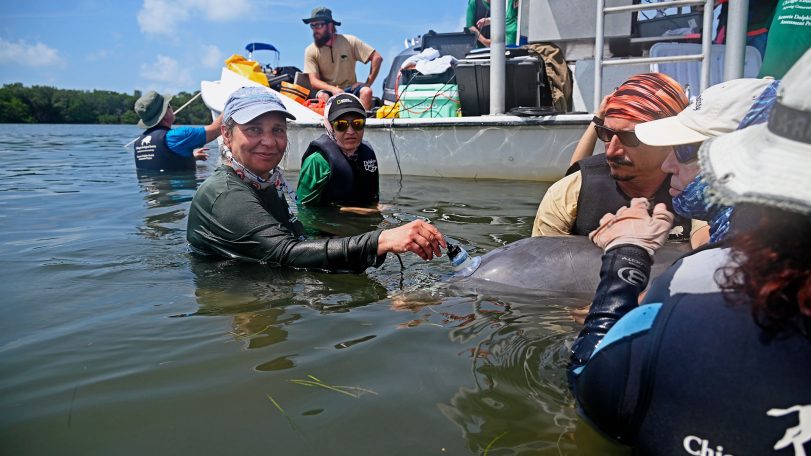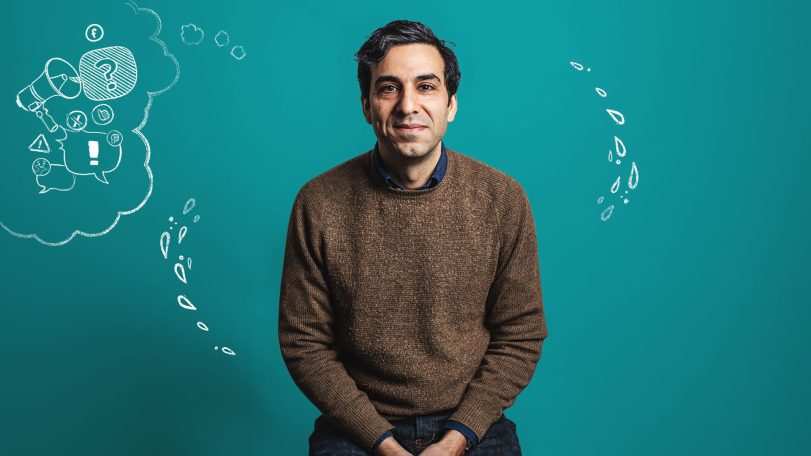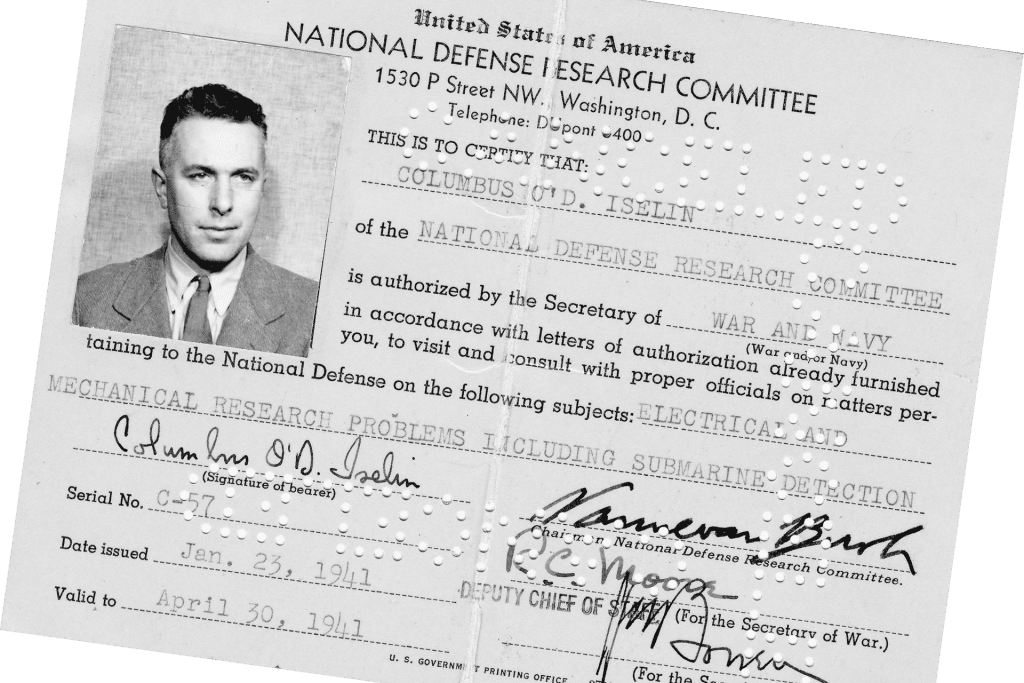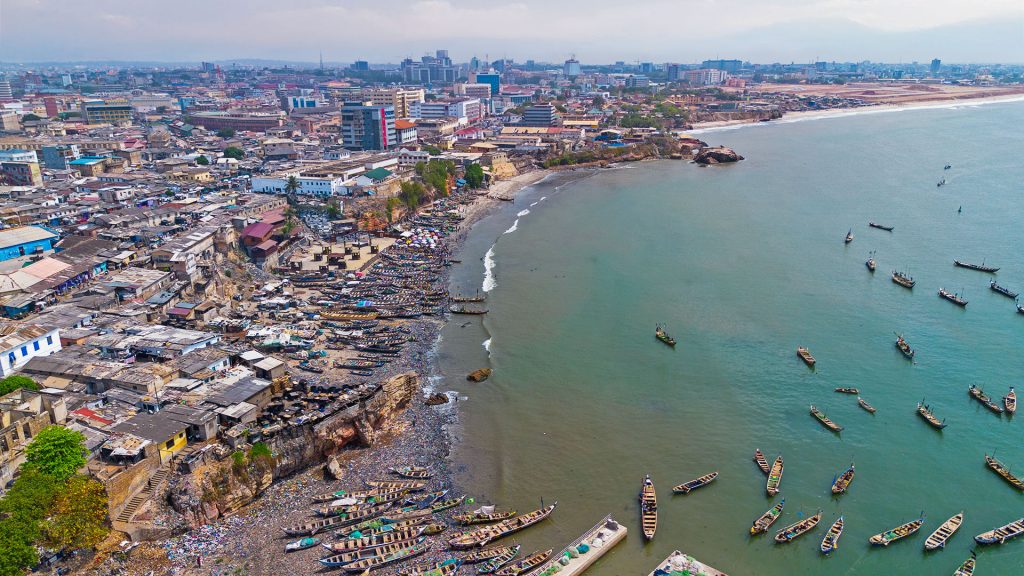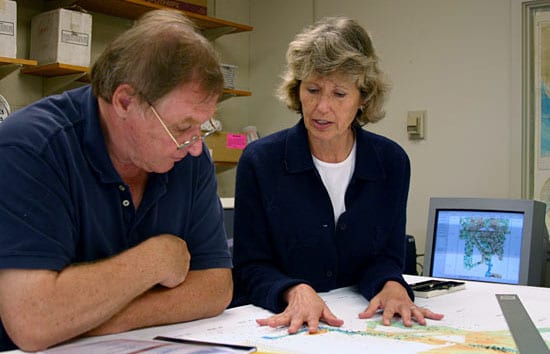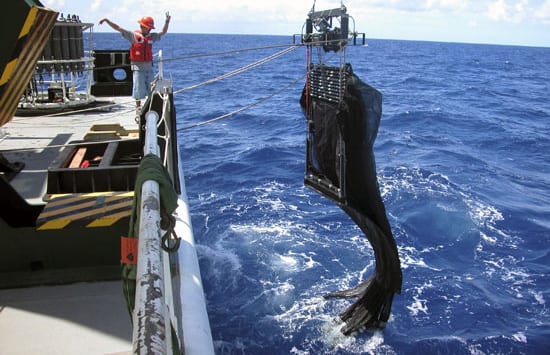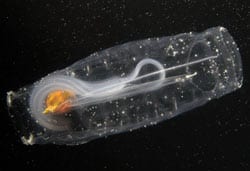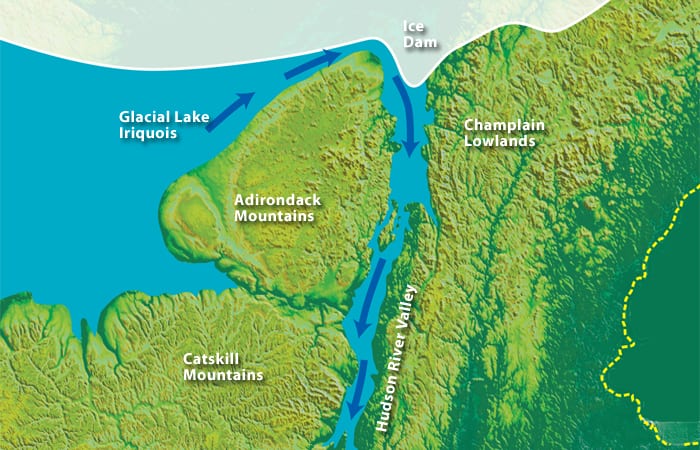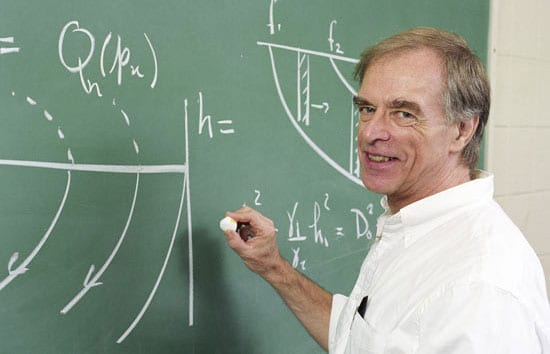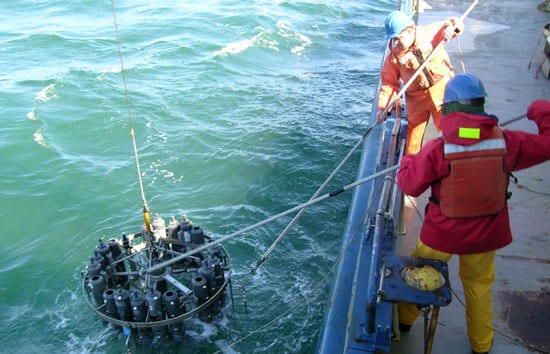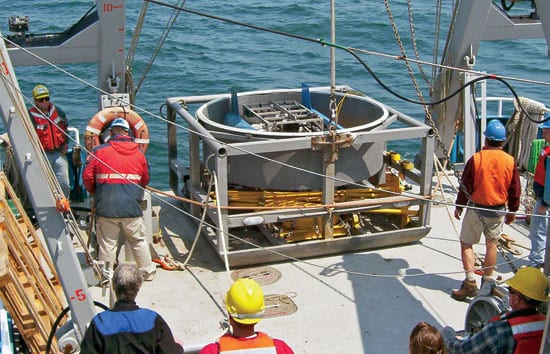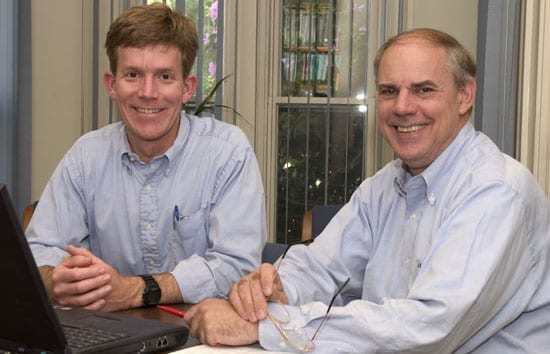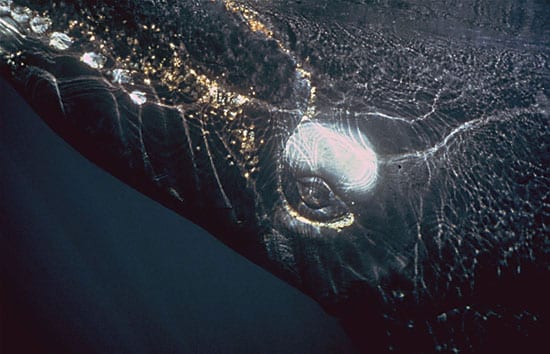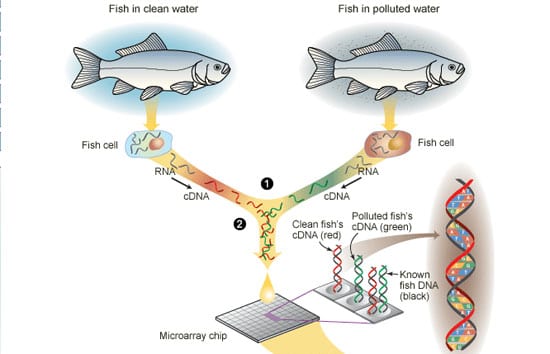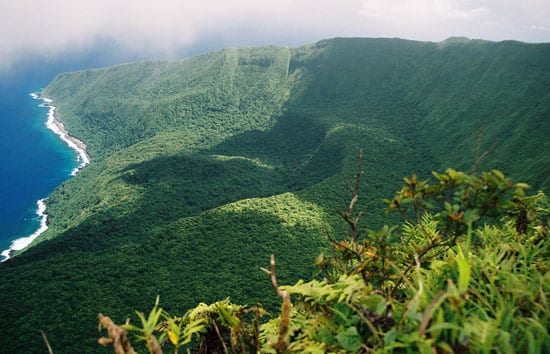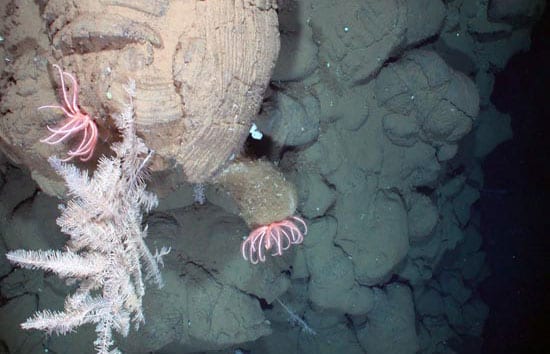
Lessons from a lifetime of exploration
Award-winning ocean photographer Brian Skerry shares insights from a career spent around ocean life and science
How an MIT-WHOI student used Google Earth to uncover a river–coral reef connection
Climate & Weather How an MIT-WHOI student used Google Earth to uncover a…
The little big picture
WHOI senior biologist Heidi Sosik on the critical need for long-term ocean datasets
The ocean weather nexus, explained
The vital role of ocean observations in extreme weather forecasting
Breaking down plastics together
Through a surprising and successful partnership, WHOI and Eastman scientists are reinventing what we throw away
Three questions with Carl Hartsfield
Captain Hartsfield, USN retired, discusses the role ocean science plays in our national defense

and get Oceanus delivered to your door twice a year as well as supporting WHOI's mission to further ocean science.
Our Ocean. Our Planet. Our Future.
The Ocean (Re)Imagined
How expanding our view of the ocean can unlock new possibilities for life
Body snatchers are on the hunt for mud crabs
WHOI biologist Carolyn Tepolt discusses the biological arms race between a parasite and its host
A polar stethoscope
Could the sounds of Antarctica’s ice be a new bellwether for ecosystem health in the South Pole?
Secrets from the blue mud
Microbes survive—and thrive—in caustic fluids venting from the seafloor
Top 5 ocean hitchhikers
As humans traveled and traded across the globe, they became unwitting taxis to marine colonizers
Following the Polar Code
Crew of R/V Neil Armstrong renew their commitment to Arctic science with advanced polar training
Harnessing the ocean to power transportation
WHOI scientists are part of a team working to turn seaweed into biofuel
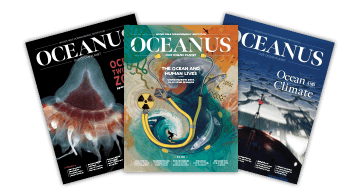
Looking for something specific?
We can help you with that. Check out our extensive conglomeration of ocean information.
Casting a wider net
The future of a time-honored fishing tradition in Vietnam, through the eyes of award-winning photographer Thien Nguyen Noc
Gold mining’s toxic legacy
Mercury pollution in Colombia’s Amazon threatens the Indigenous way of life
How do you solve a problem like Sargassum?
An important yet prolific seaweed with massive blooms worries scientists
Ancient seas, future insights
WHOI scientists study the paleo record to understand how the ocean will look in a warmer climate
Rising tides, resilient spirits
As surrounding seas surge, a coastal village prepares for what lies ahead
Whistle! Chirp! Squeak! What does it mean?
Avatar Alliance Foundation donation helps WHOI researcher decode dolphin communication
We can’t do this alone
For marine chemist Adam Subhas, ocean-climate solutions don’t happen without community
How WHOI helped win World War II
Key innovations that cemented ocean science’s role in national defense
Life at the margins
Scientists investigate the connections between Ghana’s land, air, sea and blue economy through the Ocean Margins Initiative
Oceanographic Telecommuting
‘Virtual’ chief scientist directs a research cruise without leaving land.
Checking the Forecast for ‘Marine Snow’
The “rain” of tiny particles from sunlit surface waters to the deep ocean could play a key role in understanding global warming.
Transparent Salps May Play Conspicuous Ecological Role
WHOI biologist Larry Madin led an expedition to waters off Antartica to learn about little-known gelatinous animals.
The Great Flood of New York
An ice dam forming a large Ice Age lake collapsed 13,350 years ago, sending a flood down the Hudson River Valley and causing dramatic climate changes.
Fathoming the Ocean Without Ever Going to Sea
“The general circulation of the ocean is a massive and majestic phenomenon,” says WHOI physical oceanographer Joe Pedlosky. In 2005, Pedlosky was awarded the prestigious Sverdrup Gold Medal of the American Meteorological Society for his theories explaining the inner workings of the ocean and the atmosphere. Not bad for an oceanographer who has never gone on a research cruise.
Seeing Red in New England Waters
Coastal resource managers shut down shellfish beds in three New England states in mid-May—including rare closures of Massachusetts Bay and Cape Cod Bay—because of an intense bloom of the toxic algae Alexandrium fundyense. Researchers from the Woods Hole Oceanographic Institution saw the ‘red tide’ coming before its toxic effects reached the shore.
Sensors to Make Sense of the Sea
It is difficult and expensive to go to sea, hard to reach remote oceans and depths, and impossible to stay long. Like scientists in other fields, oceanographers use sensors to project their senses into remote or harsh environments for extended time periods. But the oceans present some unique obstacles: Instruments are limited by available power, beaten by waves, corroded by salt water, and fouled by prolific marine organisms that accumulate rapidly on their surfaces.
Risks and Remedies from the Sea
Researchers from Woods Hole Oceanographic Institution, the Marine Biological Laboratory (MBL), and the Massachusetts Institute of Technology (MIT) have embarked on a novel collaboration to investigate harmful algal blooms, ocean-borne pathogens, and potential pharmaceuticals from marine sources.
Ocean Life Institute
The oceans cover 70 percent of the planet?s surface and constitute 99 percent of its living space, and every drop of ocean water holds living things. Without its oceans, Earth would be a rock in space, and life may never have appeared on our planet.
Down to the Sea on (Gene) Chips
The genomics revolution has reached the oceans. New genomic techniques are being used to find previously unknown life forms in the oceans; to learn how species, and genes themselves, evolved over Earth?s long history; to understand the genetic tools that allow species to adapt to diverse and often harsh environments; and to investigate species? responses to pollutants.
Rambling Atop an Active Volcano to Detect Telltale Rumbling Within It
With machete in hand and 60 pounds of satellite receiver and tripod on his back, Jeff Standish looked up into the lush tropical brush that covered the volcano, up a steep escarpment, and up again to the summit 3,000 feet above sea level. Then he turned to Rhea Workman, a graduate student in the WHOI/MIT Joint Program, and said, “We’re going up where?”
Rapid Response
The earthquakes were coming fast and frequent, as many as 50 to 70 an hour. On the morning of Sunday, Feb. 28, undersea hydrophones began detecting the most intense swarm of earthquakes to occur in the last three years along the Juan de Fuca Ridge, about 200 miles off the Pacific Northwest coast.
